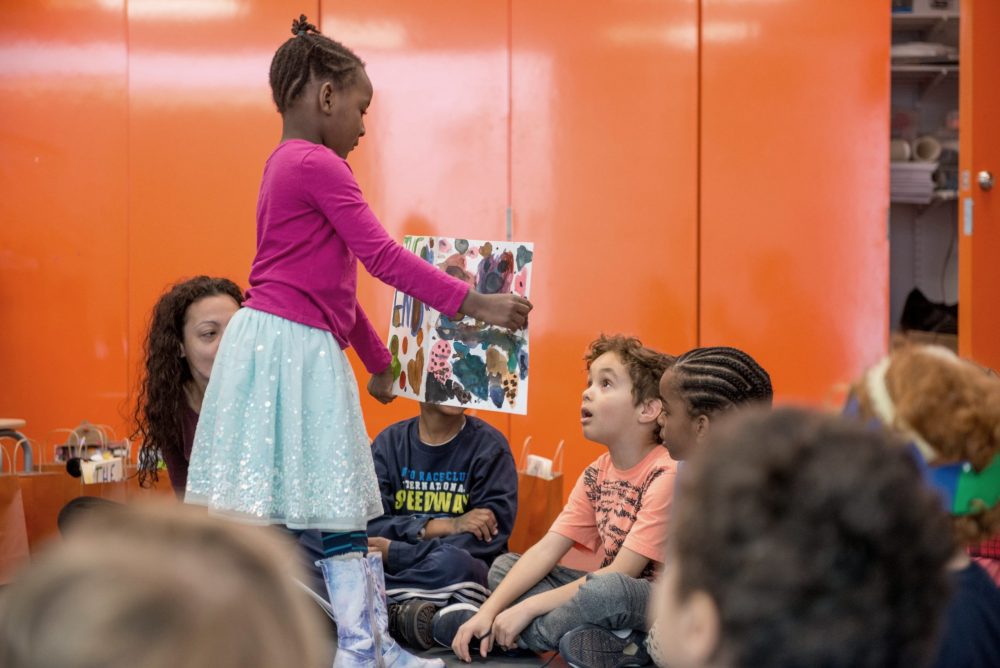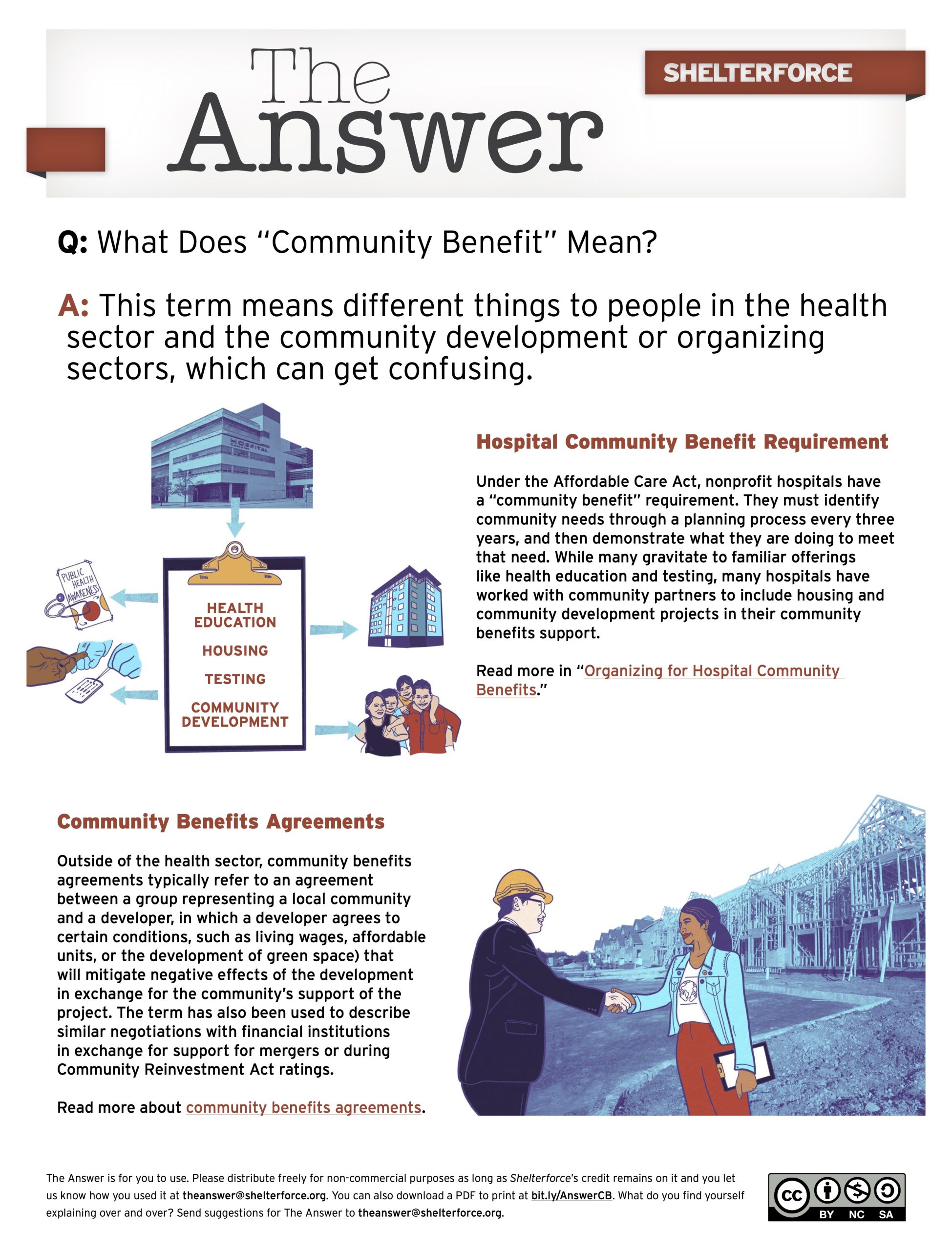We wrote last year about Broadway Housing Communities’ (BHC) combination of a children’s museum of art and storytelling with a supportive housing building with its Sugar Hill Project.
At the recent Invest Health convening, Jamie Bennett, executive director of ArtPlace America, mentioned the project in his keynote address, and he gave two new angles on the importance of the museum’s presence that are worth adding to the story.
We had described how BHC discovered that art galleries in their earlier buildings created good opportunities for the tenants: “It had a kind of healing property. It made people talk to one another—they didn’t have to like the art, but they were talking and looking forward to the next artist,” and it brought non-residents into the building, who learned more about what the building was about.
Bennett took that last idea one step further—when a building has something in it that appeals to and can be visited by anyone, neither the building nor the residents can be isolated and stigmatized in the way that supportive housing might be otherwise. Entering the building doesn’t “mark you.” Given that isolation and segregation even within neighborhoods is still so strong, breaking down assumptions in this way is valuable.
Second, Bennett noted that including storytelling specifically connects the project to health outcomes as well. Trauma is sometimes described as the experience of events that are so extreme or terrible that they don’t make sense, Bennett said. Also, often they are recorded in the brain non-verbally. That is why telling your story and developing a narrative that explains why and how it happened has become a part of PTSD therapy. (It strikes me as likely one of the reasons why participating in grassroots organizing is good for your mental health too—not only does it empower you, but it places your experiences within a larger coherent narrative.)
Experiencing homelessness or extreme poverty in a rich nation is traumatic, noted Bennett. It doesn’t make sense on the face of it. So working with the art of storytelling to formulate and share their stories, and hear those of others, could be a particularly important art-form for residents who have experienced the traumas that tend to come with poverty in this country.
It’s not going to fix everything, for sure, but the earlier children have the opportunity to formulate stories about what they have experienced and are experiencing, I imagine the better their resilience will be moving forward.






Comments